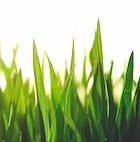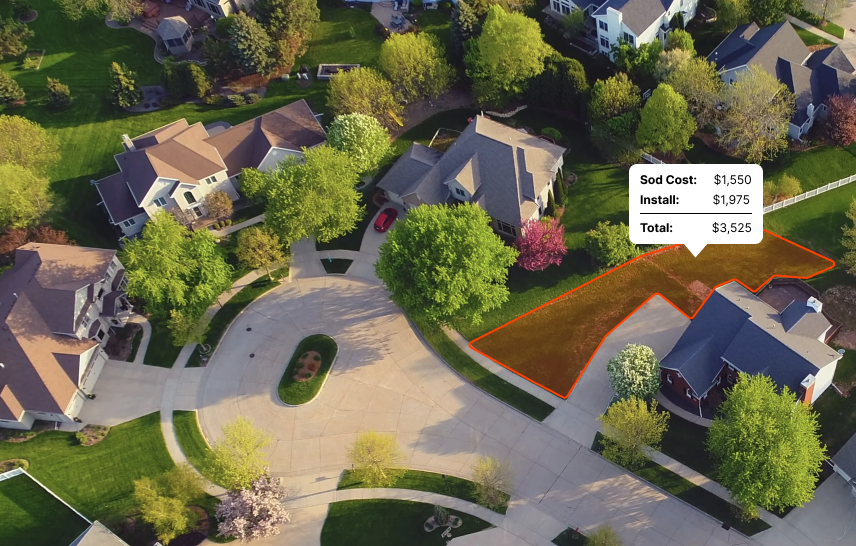All things considered, Indiana's grass zone favors cool-season grasses, which can blossom in the state's humid continental climate. By laying your grass in the fall or spring, you're setting your lawn up for a victory lap.”
Introduction
Indiana's climate plays out in the form of a humid continental dance, with hot summers and frigid winters. Such a climate has a say in the grass species that will do well in this region.
Cool-season grasses, which can soldier through both icy winters and scorching summers, are generally a match made in heaven for Indiana's conditions. To get the best out of your grass in Indiana, consider laying it in the fall, specifically between mid-August and mid-September.
This timing sets the stage for the grass to establish a solid root system before winter comes knocking. Spring is also a suitable time for grass-laying, but it's wise to hold off until Jack Frost has made his last appearance.
All things considered, Indiana's grass zone favors cool-season grasses, which can blossom in the state's humid continental climate. By laying your grass in the fall or spring, you're setting your lawn up for a victory lap.
What are the best sod types for IN?
In the world of landscaping, not all grasses are created equal. Each thrives in a specific climate zone: cool, warm, or transition.
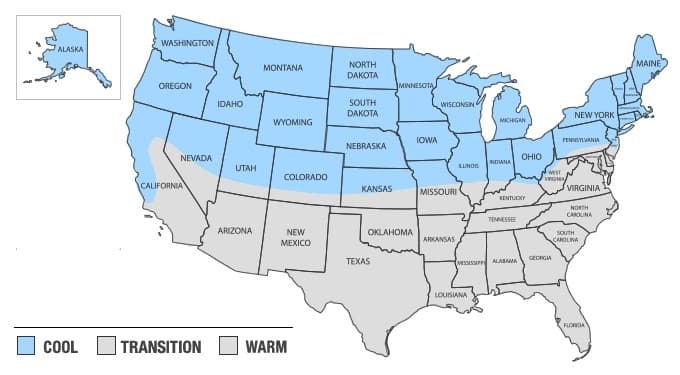
Indiana, with its cool season climate, prefers a particular set of grasses that relish the lower temperatures. The following sods are the easiest to grow and maintain in Indiana:
While it's possible to grow grasses meant for other regions with proper care, attention and timing, these are the most common grasses in Indiana for residential lawns.
Level Up Your Lawn Skills
Once per week we'll send you an interview from someone who has mastered the art of lawn care.
Recommended species for shade
When it comes to shade-tolerant grass for Indiana, we’ve got three heavy hitters – Fine Fescue, Kentucky Bluegrass, and the underdog, Tall Fescue. Let's break down each for your better understanding and maximum lawn success.
Fine Fescue remains a solid choice for us here in Indiana. Known for its shade tolerance, it cuts through the gloom like a knife, thriving where others falter. Its sunlight requirement? A mere four hours, a true vampire of the grass world. While it's a cool season grass, its winter-hardiness makes it more than capable of surviving the unpredictable Indiana winters.
Next, our favorite son, Kentucky Bluegrass, isn't named because it's idle in the shade. While it enjoys basking in the sun for around six to eight hours daily, it brings its A-game even under the cooler, shadier conditions. Its resilience lets us forget the worries of bare patches and crabgrass invasion.
Tall Fescue, the unsung hero, is our wildcard. It plays well with partial shade, surviving on as little as four to five hours of sunlight per day. While it might not be the first choice for everyone, it certainly deserves honorable mention. Its heat, drought and wear resistance makes it more than capable of handling whatever Hoosier weather throws at it.
So, there you have it - a triad of grass types that shrug off the shade and keep your Indiana lawn lush and alive in those cooler, shadier spots. No need to stress over those canopied corners and under-tree stretches. With Fine Fescue, Kentucky Bluegrass, or Tall Fescue, you're all set to conquer the shade.
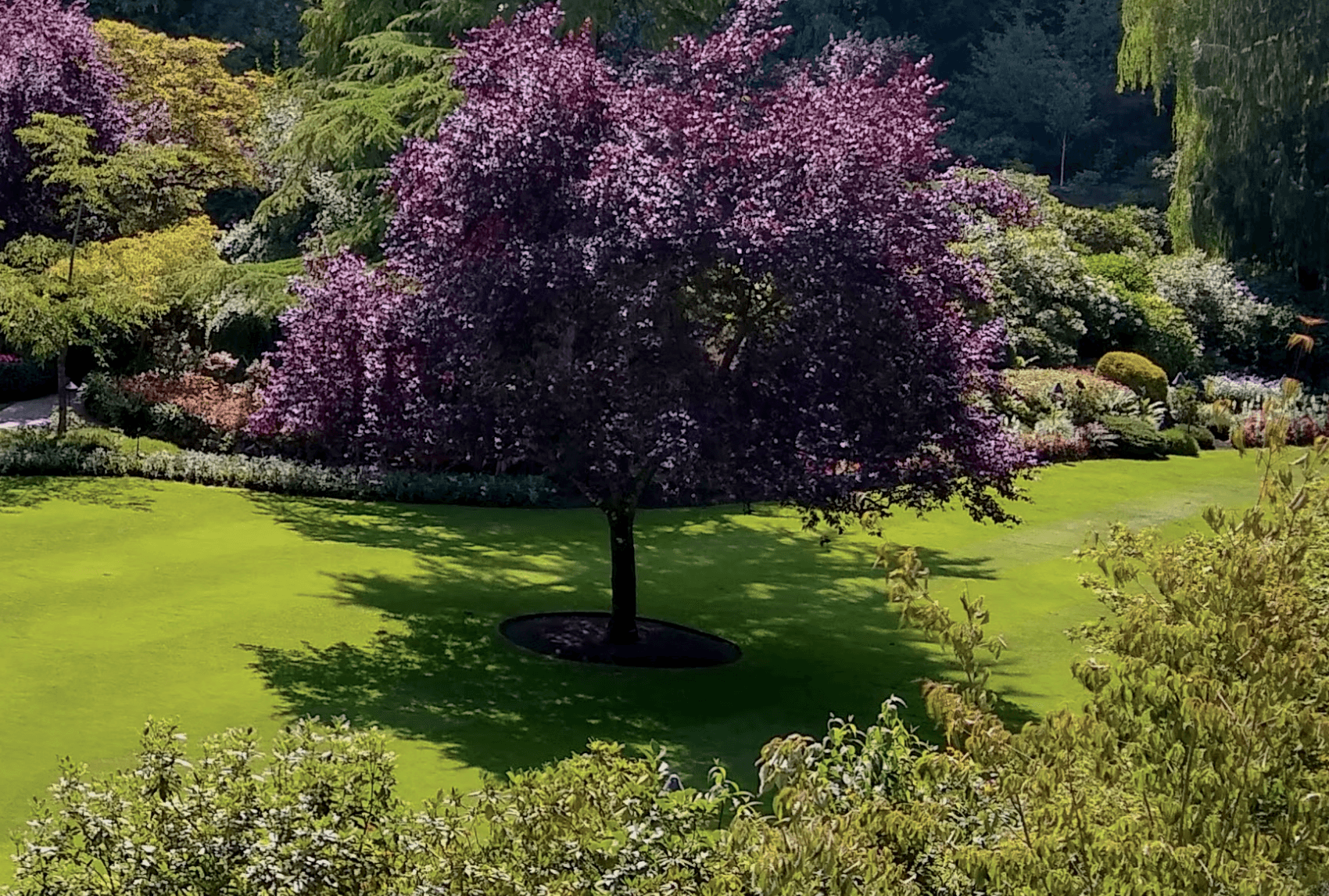
Recommended for full sun or partial sun
Choosing the right sod for your lawn depends heavily on the sunlight exposure in your yard. Different grass types have varying light requirements for optimal growth and appearance. Assessing whether your lawn receives full or partial sun is essential in selecting sod that will flourish and stay healthy in your specific environment.
Below are some sod options recommended for either full sun or partial sun conditions in IN:
| Grass Type | Sun | Good to Know |
|---|---|---|
| Tall Fescue | Partial | Tall Fescue is adaptable to a range of conditions, including partial sun, and is known for its deep root system and tolerance to drought. |
| Kentucky Bluegrass | Full | Kentucky Bluegrass prefers full sun and is prized for its fine texture, rich color, and ability to recover quickly from damage. |
| Perennial Ryegrass | Full | Perennial Ryegrass thrives in full sun and is known for its rapid germination, fine texture, and bright green color. |
| Fine Fescue | Partial | Fine Fescue is well-suited for partial sun and is appreciated for its fine texture, shade tolerance, and low maintenance requirements. |
What varieties stay green year-round?
As with anything agriculture related, there is some nuance to this question. There are many grasses that can stay green year round in but it depends heavily on your location within Indiana as well as any microclimates that may exist.
The following grasses have the ability to stay green year round in Indiana:
| Grass Type | Caveats |
|---|---|
| Tall Fescue | It typically stays green throughout the year in milder climates, given that it isn't overly stressed by heat or drought in the summer. |
| Kentucky Bluegrass | It can retain its green color for much of the year when well-maintained, though harsh winter temperatures can push it towards dormancy and a browner hue. |
| Perennial Ryegrass | It can stay vibrant and green throughout the year in many climates, unless conditions are extremely cold or dry. |
| Fine Fescue | It keeps its green color throughout the year in ideal conditions. If the winters are particularly harsh, it may lose some color. |
What is the best time to lay sod in Indiana?
Since it is considered a cool-season location, the ideal time to lay sod is in early spring or early fall. These periods offer moderate temperatures, leading to less stress on the sod and providing optimal conditions for root establishment before extreme temperatures of winter or summer. Avoid the summer, as high heat can stress the sod.
As you can see in the image below, you'll notice the most shoot growth (the grass above ground) and root growth in the spring and fall for cool season grases:
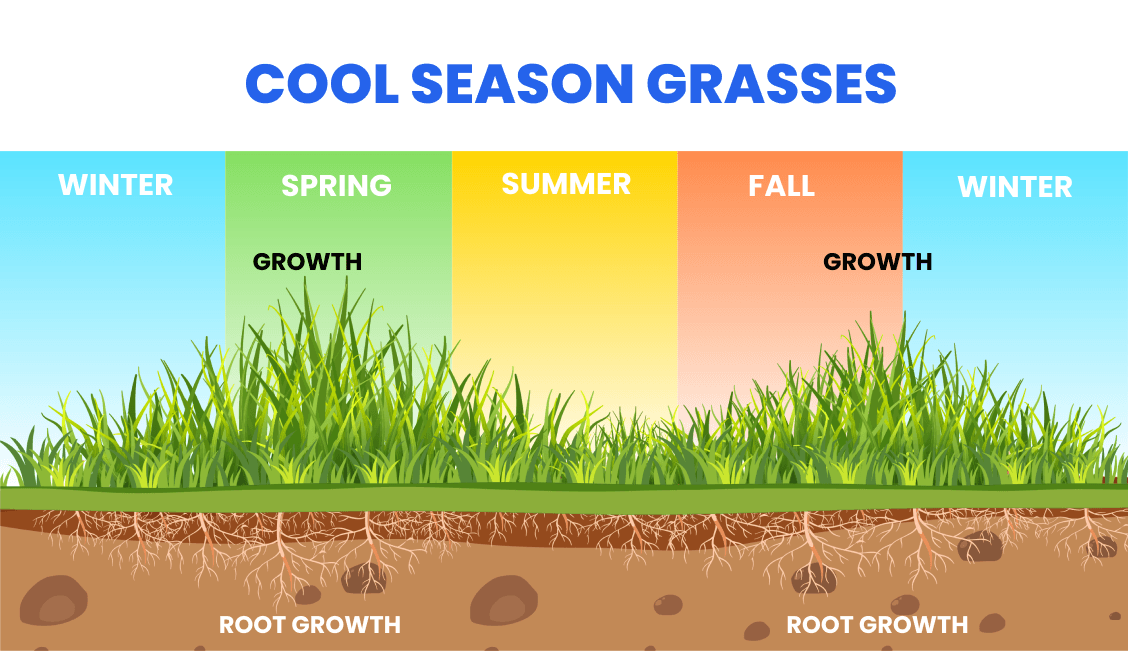
Find reputable companies for installing sod in IN
Here are the top problems you'll face when trying to get sod installed by a landscaping company:
- They're not transparent about pricing. You'll often get a quote that's way higher than you'd expect.
- They're hard to get ahold of on the phone or you'll reach out online but won't hear back.
- It's hard to pin them down for a specific date. Because you can only bring sod from the farm when there's decent weather, this causes some delays at times. It also has a short shelf life, so it's important to get it installed within a day or two of delivery.
We've done all the work for you. Click below to get a quote from one of the top installers in Indiana.
